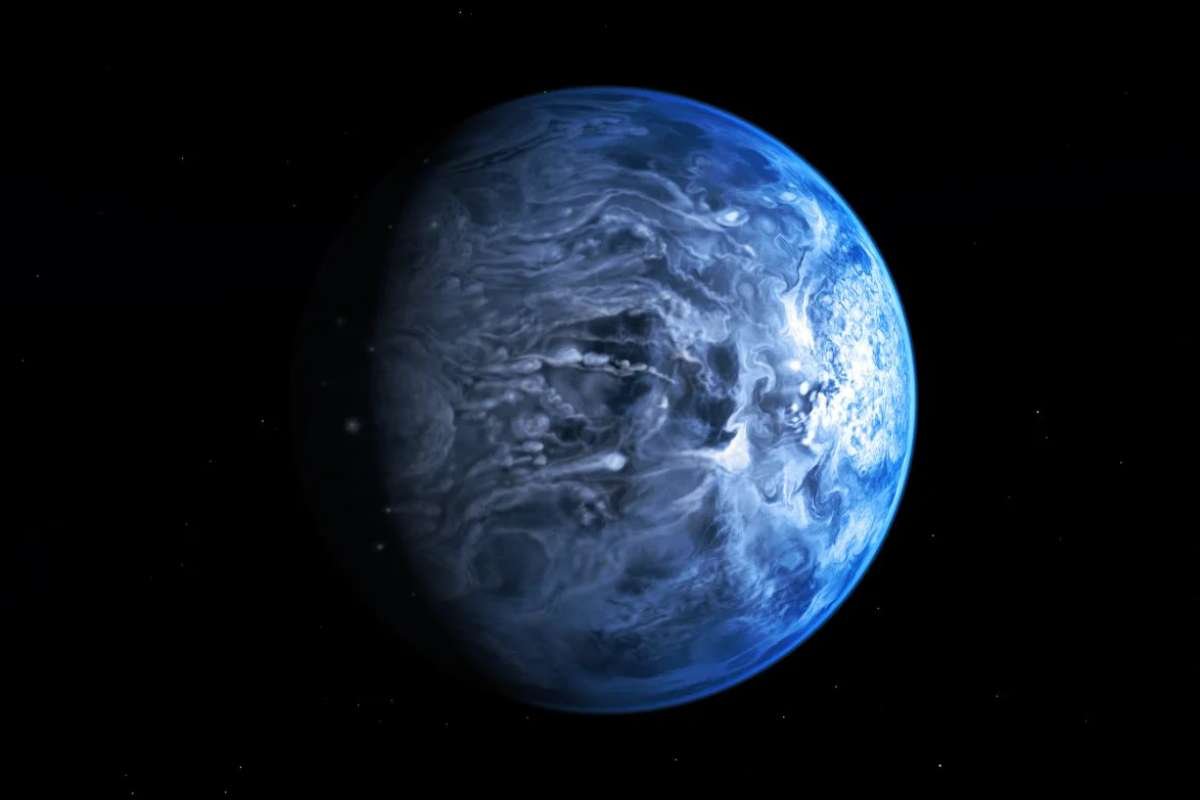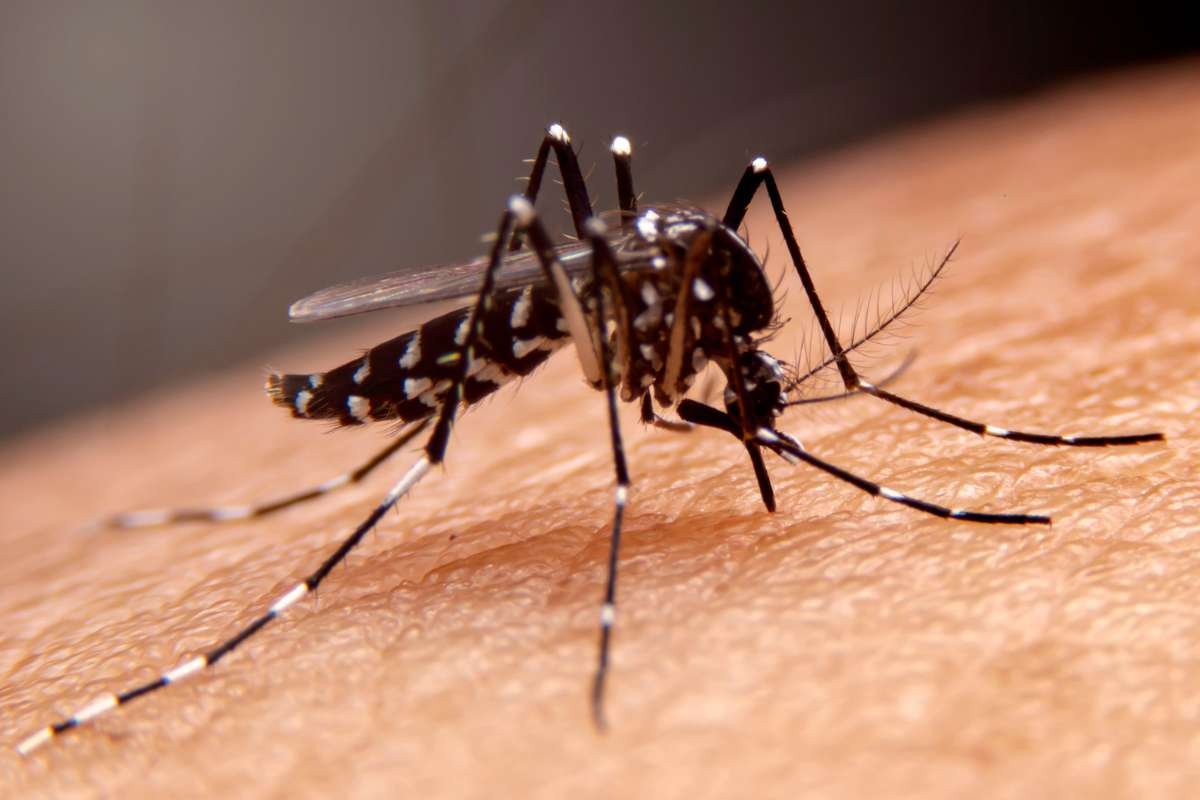New Clues Spark Hope for Extraterrestrial Life
Astronomers have announced what could be the most compelling evidence yet of alien life, following new findings from the James Webb Space Telescope (JWST). Researchers led by Nikku Madhusudhan from the University of Cambridge have detected molecular signatures on exoplanet K2-18b that, on Earth, are produced only by living organisms. The detection of these chemicals has reignited scientific debate over the possibility of life beyond our solar system.
Located 124 light years away, K2-18b was first identified in 2015 and has since been considered a prime candidate for habitability. The planet is about eight times more massive than Earth and lies within the “habitable zone” of its star, a region where liquid water could exist. Earlier observations revealed water vapor in its hydrogen-rich atmosphere, suggesting it might be covered in vast oceans.
In their latest study, Madhusudhan’s team used JWST’s mid-infrared instruments to detect stronger signs of dimethyl sulphide (DMS) and a related compound, dimethyl disulphide (DMDS)—both of which are associated with biological activity on Earth. While earlier observations showed faint traces of DMS, these latest findings provide independent evidence using a different wavelength and instrument, strengthening the case for potential biological processes.
Scientific Caution and Statistical Challenges
Despite the excitement, scientists are urging caution. The presence of DMS and DMDS has been detected at a “three-sigma” level of confidence—statistically equivalent to a 0.3% chance that the result is a fluke. While notable, this level falls short of the five-sigma threshold typically required to declare a scientific discovery. Madhusudhan acknowledged this, emphasizing the need for further observations to confirm the results.
Other experts remain skeptical. Nicholas Wogan of NASA Ames Research Center acknowledged the improvement over 2023’s findings but noted that verification by other research groups is essential. “It’s a super complicated process,” he said, highlighting the difficulty of interpreting JWST data. Meanwhile, Ryan MacDonald from the University of Michigan expressed doubts, pointing out that previous promising signals from K2-18b failed to withstand scrutiny.
Additional observations, estimated to require 16 to 24 hours of JWST time, could help push the findings to the five-sigma threshold. However, scientists also acknowledge the technical challenges of analyzing such a thin planetary atmosphere—compared to “the thickness of an apple skin on an apple,” as Thomas Beatty of the University of Wisconsin-Madison described it.
A New Era in Exoplanet Research
While definitive proof of extraterrestrial Life remains elusive, the discovery is being hailed as a milestone in exoplanet exploration. Madhusudhan underscored the importance of the findings regardless of their biological origin, noting that no current chemical process can account for the molecules without invoking life. However, more research is needed to rule out non-biological mechanisms, especially given the unfamiliar chemistry of hydrogen-rich atmospheres like that of K2-18b.
Sara Seager of MIT noted that K2-18b might remain a biosignature candidate for years or even decades, as the limited data available from exoplanet studies makes conclusive evidence difficult to obtain. Still, the implications of these findings are profound. “This is a revolutionary moment,” said Madhusudhan. “It represents how far we’ve come—from primitive life to a civilization capable of probing the atmospheres of distant worlds in search of life.”
Whether life exists on K2-18b or not, the discovery marks a pivotal point in the ongoing search for extraterrestrial life beyond Earth—and serves as a reminder of humanity’s growing capability to explore the cosmos.







